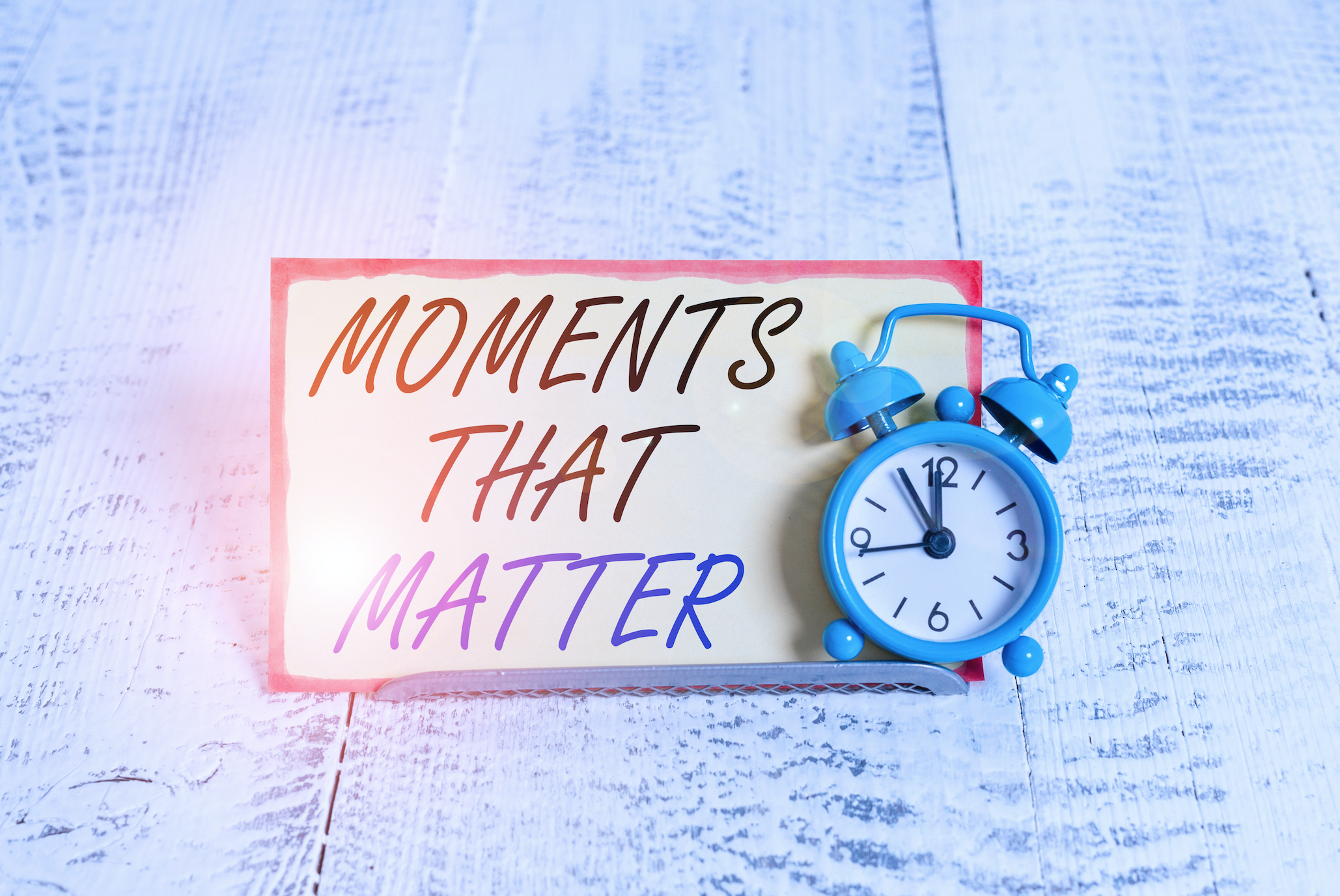**Don't Forget Employee Appreciation Day is Friday, March 2nd!
You may not want to admit it, but are there days in which you only interact with co-workers by email? Are there times when you talk to your cubicle-mates but don’t walk over to another person’s desk? Would you notice if one of your co-workers showed up to work naked?
I am currently working on three different peer recognition programs planning to launch on the first week of March to coincide with Employee Appreciation Day on March 2. There are many reasons companies decide to begin a peer recognition program:
• Increase teamwork
• Institute a formal recognition policy
• Allow for instant recognition/feedback
• Open an opportunity for 360° recognition
Aside from these well-known reasons for setting up a peer recognition program, another great reason is to prevent silos in the workplace. If you aren’t familiar with this term, I think Michelle Hamilton’s definition of silos in her article, Risks of Business Silos and Tips for Breaking Down Barriers to Success will help to fill out in. Hamilton defines organizational silos as occurring, “when individual people, departments, or companies, conduct business in a vacuum, without taking into consideration the impact their actions have on the entire organization. The term silo literally means a ‘storage tower’ – a tall, cylindrical building that separates and stores material on a farm.”
Organizational silos, as described in the book Breaking the Fear Barrier by Tom Reiger, tend to form as companies go from small businesses to larger enterprises. Eventually you may have a situation in which people create protective polices and rules and start to focus on the success of their department instead of the success of the entire organization.
Peer recognition programs help to break down barriers by challenging employees to recognize others. In each of the peer recognition programs I am setting up, employees can be recognized by demonstrating at least one of the core values of the organization. Some common core values include: teamwork, going above and beyond the job description, being safe and going the extra mile to please a customer or client. I am working with clients on different strategies to help keep the peer recognition program in mind so that people can get used to having a good experience with a co-worker and following up by filling out the short peer recognition form. These clients are working hard to make sure we set up a recognition program their employees are aware of and make use of.
I am working with clients to keep the recognition program top of mind by doing a few different things. Automated peer listings help to publicize all of the approved nomination once the program kicks off. Employees can access the recognition program website and view all of the approved nominations on one page. This can help to inspire new nominations and let everyone know what people are doing to earn recognition and rewards from co-workers. One day a month, my clients with peer recognition programs send out a reminder email to ask employees to submit a nomination. With some of my smaller clients, we even send out a weekly nomination summary email on Fridays to let people know who received recognition during that week.
Even if employees work in different departments and tend to be isolated from others during business hours, recognition programs can help bring people together by making everyone more aware of what other people are doing within an organization. After all, no one should be able to get away with coming to work naked.







Leave a Comment